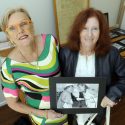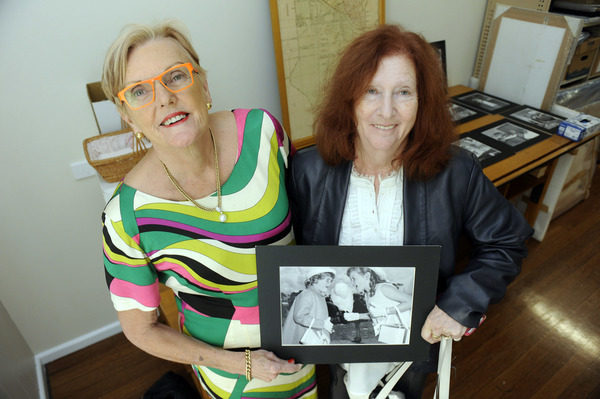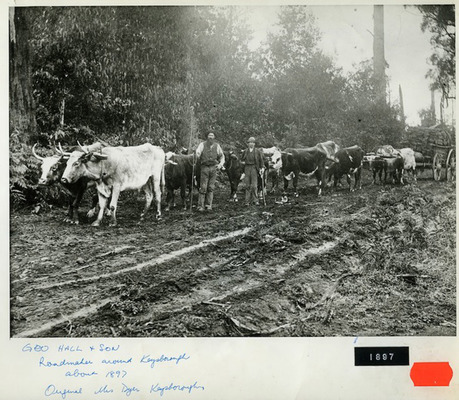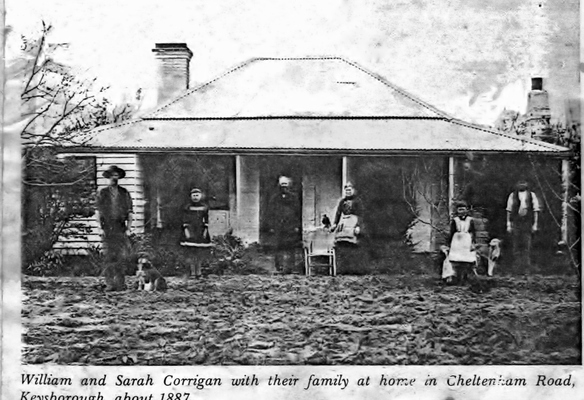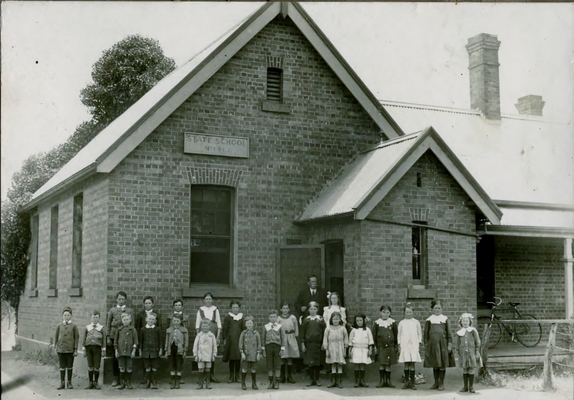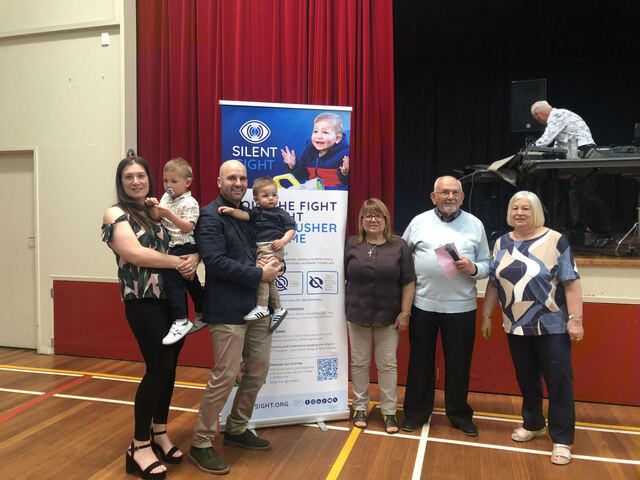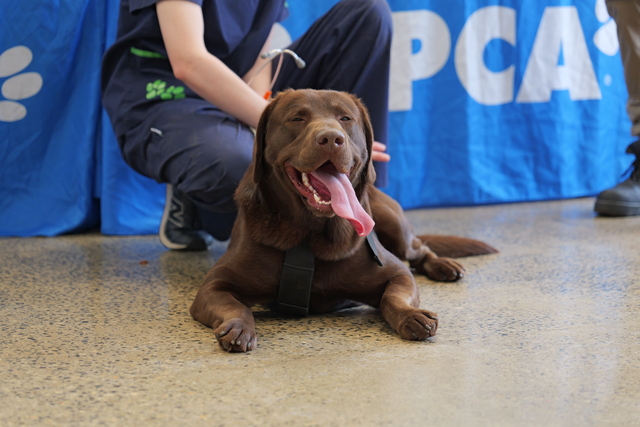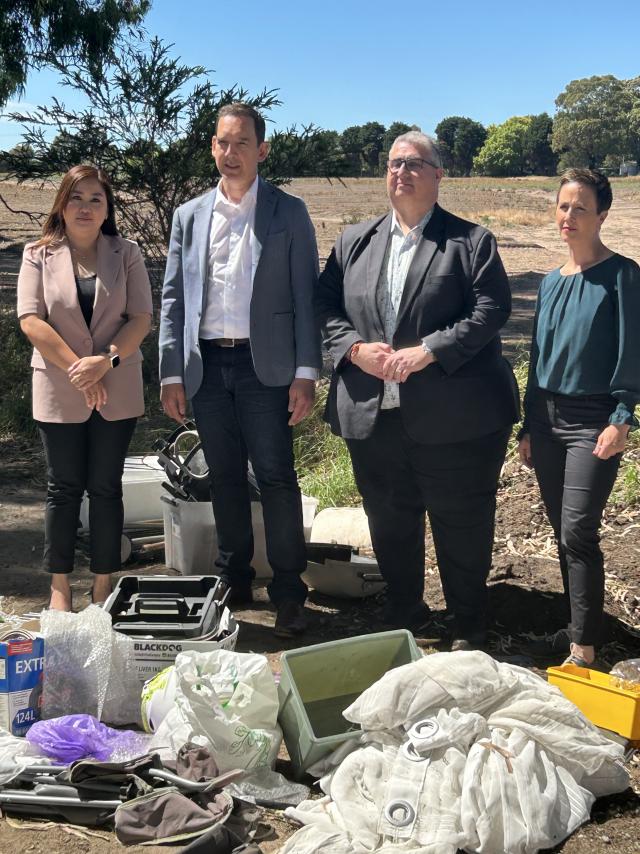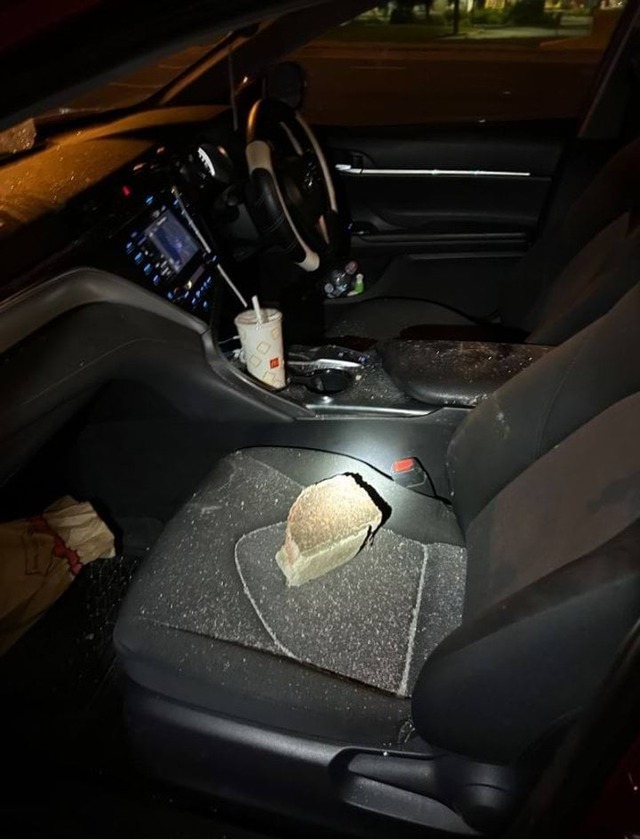
The Keys family played a pivotal role in the settlement of Keysborough, the suburb which to this day bears the family name. President of the Dandenong and District Historical Society and descendent Christine Keys wrote about her family’s history in a 2014 edition of the Gipps-Land Gate.
The first two members of the Keys family to arrive in Australia were William and his sister Mary-Jane who arrived in Port Phillip aboard the Coromandel on 11 July 1840.
The bounty system of migration to Australia brought a new hope to the Keys family of County Tyrone in what is now Northern Ireland, and it was the second eldest son, William, and eldest daughter Mary Jane, who agreed to be vanguards for their family in being the first to test the work of such migration.
On the shipping records William’s occupation was stated as that of labourer and Mary Jane’s as a house-servant. Both could read and write and were members of the Presbyterian faith.
On arrival both found work. William was engaged to work for Mr John Hogdson of Melbourne and Mary Jane worked for a Mr I. Shaw.
Ten months later on 29 May 1841, the remainder of the family boarded the Catherine Jamison at Leith in Scotland and also sailed for Australia.
When the family arrived in Melbourne on 22 October 1841, they leased land at Preston and began diary farming.
In 1854 George Keys moved to a leasehold known as Moodie Yallow or Moodie Yallock, now Keysborough.
George Keys and his sons applied for Crown grants from the Victorian Government. They obtained grants for most of the land bounded by Island Road, Wells Road, Edithvale Road and Hutton Road, and almost 1400 acres west of Edithvale Road between Mentone Road and Governor Road.
Having become established at Moodie Yallow, George Keys tried to obtain a Wesleyan minister to come to the homestead to conduct religious services.
Eventually a Methodist minister from Brighton came, travelling through 12 miles of bush and forest to conduct the service and was accepted by the Keys family. The first service was held at the family’s homestead in 1853.
The minister, a Mr Bickford, later wrote “it was a unique spectacle in the midst of the Australian forest – a nucleus of light and moral force for the whole neighbourhood”.
Methodist services were regularly continued at the Keys’ homestead until in 1861 a church was built.
It was a wooden building with an iron roof, and was used until 1877 when the present slate-roofed brick church was constructed.
George Keys died aged 81 on 8 October 1873. His wife Margaret predeceased him, aged 70, on 28 November 1865.
At the time of his death George owned land extending into the Shire of Moorabbin and as far down as Wells Road.
William Keys married Eliza Leighton. Like his father, William had taken up Crown grants and farmed near his parents.
William was president of the Dandenong Agricultural Society from its formation in 1871. He oversaw the first show in 1872.
William was also a member of the Dandenong Roads Board.
He drowned aged 51 on 20 August 1872 while attempting to cross the flooded Bangholm Creek on horseback in search of a lost cow.
At the time of his death he owned well over 1000 acres and left behind wife Eliza, two sons and six daughters.
Mary Jane Keys was 19 when she married shoemaker James Patterson on 14 December 1842.
Sadly, James died from consumption on 9 June 1855 leaving Mary Jane with four young children.
Mary Jane remarried in 1856 to James Jamison. She had a further two children with James.
Footnote: Christine Keys is the great, great, great, grand-daughter of third son Isaac Keys. The land on Chapel Road on which the original Keysborough Primary School was built once belonged to the estate of Isaac Keys.

